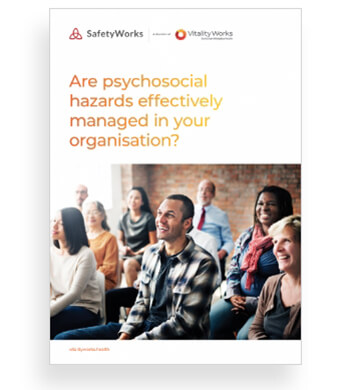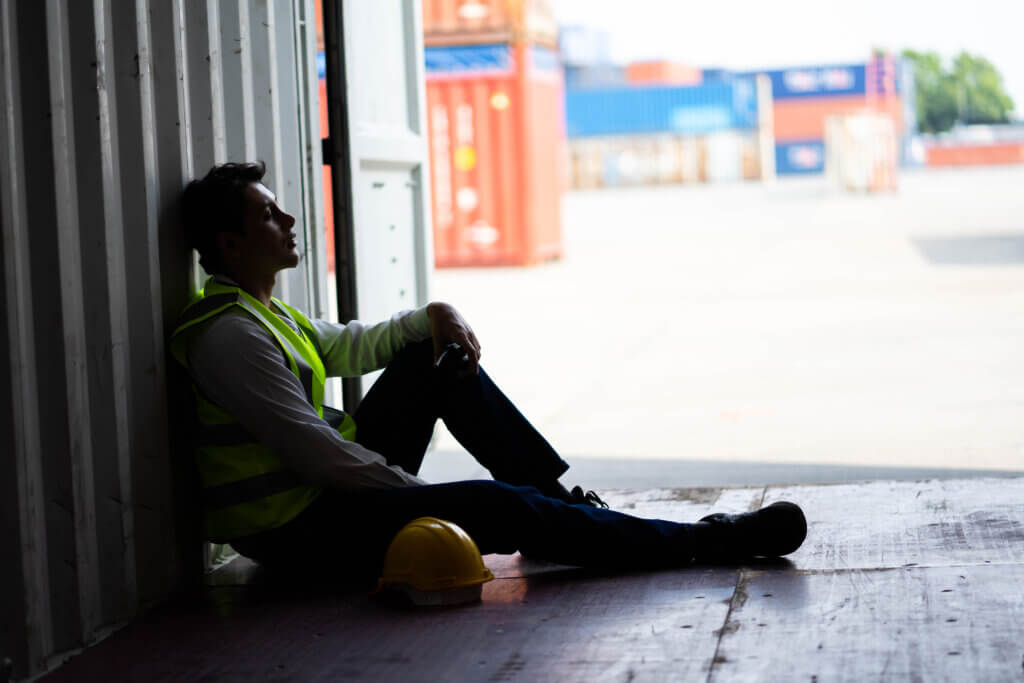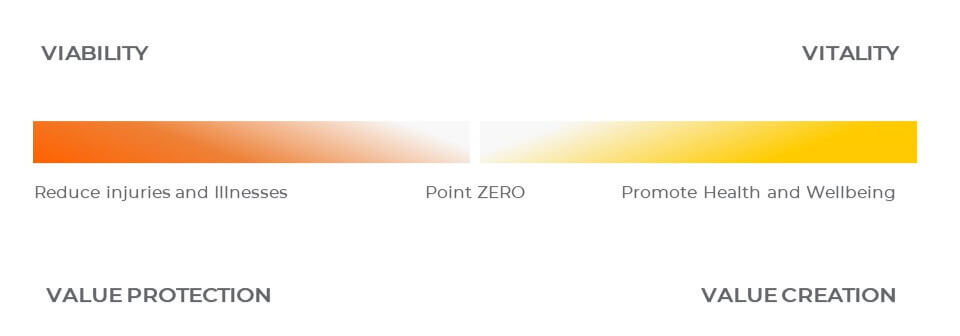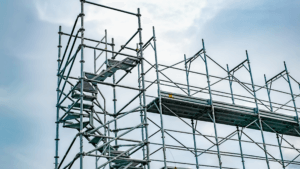The Emerging Context:
Over the past 15 years, we have seen a deterioration in mental health at work and an increase in the number of compensation claims for mental injury, where the cost and duration of these claims is out of proportion with their number.
According to Allianz Workers Compensation data, primary psychological workers compensation claims increased by 80%, rising at an average rate of 22% year-on-year, between 2017-20201. More recently in 2022, a New Zealand Human Rights Commission survey reported that 40% of respondents had at some stage, experienced workplace bullying, with 20% of workers reporting that bullying behaviours have been directed at them ‘often’ or ‘always’ in the preceding 12-month period2.
Mental ill health takes a personal toll on impacted individuals and their loved ones, whilst also costing organisations through increased workers compensation premiums and lost time.
In response to this mounting problem, Safe Work Australia has amended the model WHS laws and released a Code of Practice aimed at psychosocial hazards specifically.
Following the guidance of the model laws, Australian states and territories have commenced or completed the process of enacting a response and more clearly outlining the responsibilities of employers. These have heralded significant changes in the identification, management, evaluation and reporting of workplace psychosocial hazards.

Recent case-law in the Australian context has demonstrated that our judicial system is holding employers to account for failures to effectively manage psychosocial risk.
New Zealand is moving in a similar direction, with a recent review providing WorkSafe with the evidence it needs to move forward in this area of priority.

Current Mental Health Challenges:
Background risk of mental ill health for the average Australian is high. According to ABS data, 1 in 5 Australians aged between 16-85 live with a mental health condition in any given year, with 44% of the population having experienced a mental disorder at some time in their life3.
The past few years have been fraught with mental health strain for workers the world over. Isolation emerged as a hazard on a mass scale for the first time for office workers. Vestiges of the pandemic remain in our ways of work, with the creep of working hours for the hybrid and remote workforce now well documented, along with a reduced delineation between home and working life.
Pandemic factors have been compounded by increasing global geopolitical instability and a challenging macroeconomic context. A large proportion of the workforce across Australia and New Zealand are currently impacted by the cost-of-living crisis, including that of housing affordability4,5.

Speak to Karolina about how Safe Work Australia are reframing the traditional approach to psychosocial hazards in the workplace.
Unlocking the Power of Integration and Intersectionality to Effectively Manage Risk
Whilst our management of physical hazards relies on clear cause and effect relationships, psychosocial hazards often have non-linear and multidirectional relationships. This means that it becomes more challenging to predict how much exposure to a given hazard will cause harm, to whom and under what circumstances.
Evolving our understanding of risk frameworks is urgently needed to ensure they are effective in managing psychological risk. Whilst a useful starting point for psychosocial risk, traditional workplace risk and control matrices are of limited utility, given their reliance on the assumption of direct cause and effect relationships.
The complexities brought about by the myriad individual differences found in each of us, call for an integrated view of how these hazards interact with each other, with workers and their environment.
To evolve this area of practice, the integration of non-linear thinking into our risk management paradigm will be necessary. This can include embracing qualitative data inputs from less obvious places and highlights the importance of strategic and enduring cross functional partnerships in our approaches to psychosocial risk management.
A process of integrated and cross functional hazard identification lends itself the development of effective and sustainable controls, with the flexibility for the responsiveness necessary to evolve as hazards emerge and evolve with the passage of time.
Such cross functional partnerships can support organisations to mature beyond injury prevention alone, towards more aspirational goals of good work as a contributor towards mental thriving, workforce and ultimately, human sustainability.

Managing Hazards at the Right Level: Systemic Controls Eat Individual Controls for Breakfast.
Employer wellbeing strategies have to date relied heavily on individual employee level supports. Such approaches are inadequate for the purposes of fulfilling positive duty obligations in the absence of appropriate systemic organisational level controls.
For example, the mainstay of psychosocial risk management for employers has traditionally been EAP. Whilst a useful and necessary support, EAP does nothing to address workplace psychosocial risks at their source. Nor do mental health training interventions that shift responsibility to workers to cope with psychosocial stressors through self-care, resilience building and the like, if little is being done at the organisational level to effectively manage these.
Where implementing proactive controls at the systemic organisational level is like building a sturdy dam upstream to prevent flooding, individually targeted interventions are more akin to handing out life jackets when the waters rise.
As Desmond Tutu famously said, “There comes a point where we need to stop just pulling people out of the river. We need to go upstream and find out why they’re falling in.”
The management of psychosocial risk is complex and multifaceted. An integrated approach that actively deals with the evident intersectionality will go a long way to help build robust identification, management and control frameworks that are fit for purpose at all levels of an organisation. Strategic cross functional partnerships will be key in navigating the complexity and supporting organisations to evolve towards value creation.
……………………………………………………………………………………………………………………………………………………………………………………………………………………………………………………………………
Karolina Dobson is a registered psychologist and expert in psychosocial risk. She is Head of SafetyWorks, a division of Vitality Works, who are uniquely placed to offer end-to-end whole person and whole of organisation workplace health, safety and wellbeing solutions, built on best practice evidence and grounded in the positive integration of people and work.
We work along the full spectrum of organisational health, safety and wellbeing needs to support the strategic and impactful integration of individual and systemic interventions to support employers along their improvement journeys.
Let’s connect
To find out more click below to book a 15 min chat or connect with Karolina Dobson, Head of SafetyWorks directly on:
m: +61 404 766 769
e: karolina.dobson@safetyworks.com.au
Sources
[1] Allianz Future Thriving Workplaces report (2020)
[2] New Zealand Human Rights Commission. Experiences of Workplace Bullying and Harassment in Aotearoa New Zealand report (2022)
[3] Australian Bureau of Statistics National Study of Mental Health and Wellbeing (2021)
[4] Employee households see biggest rise in living costs | Australian Bureau of Statistics (abs.gov.au)
[5] https://www.stats.govt.nz/news/cost-of-living-remains-high-for-all-household-groups/





